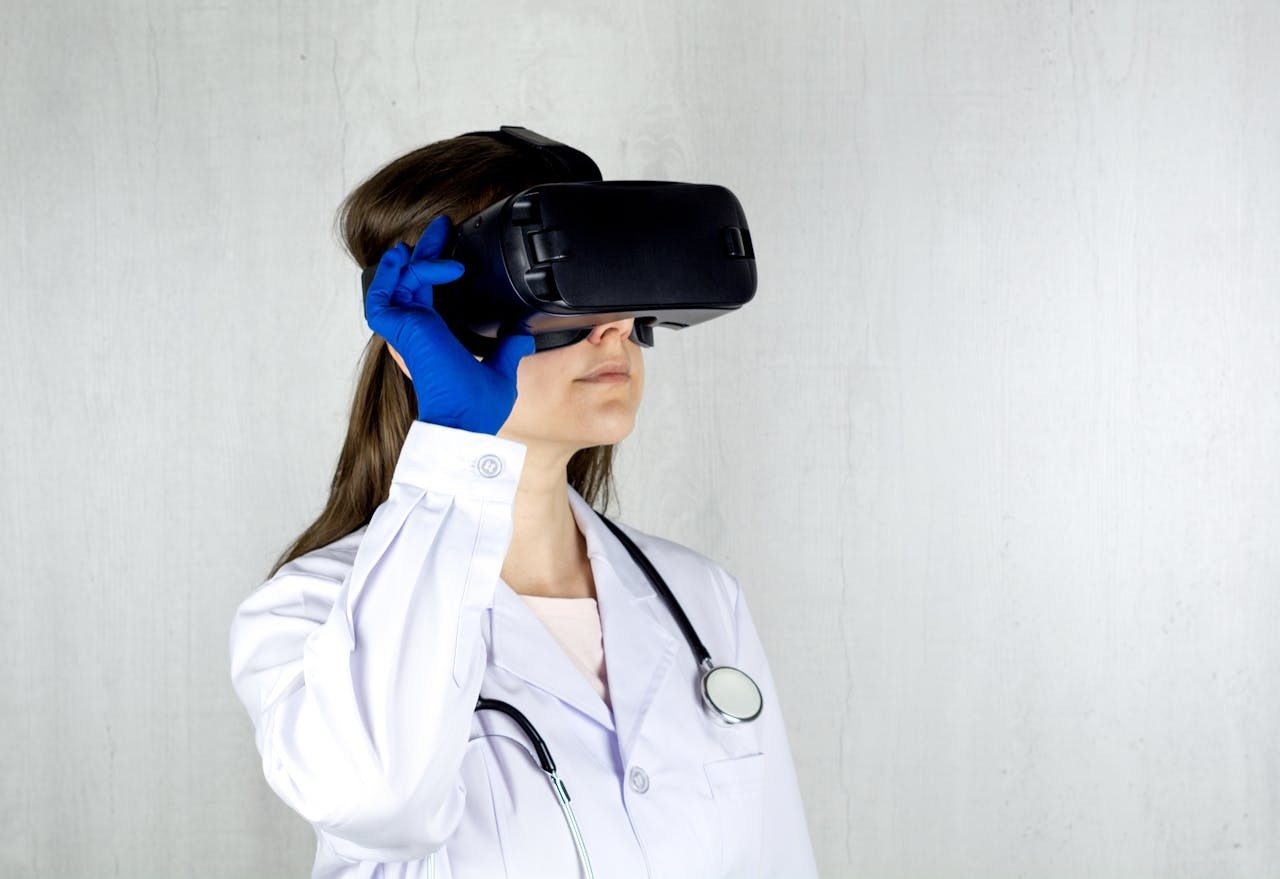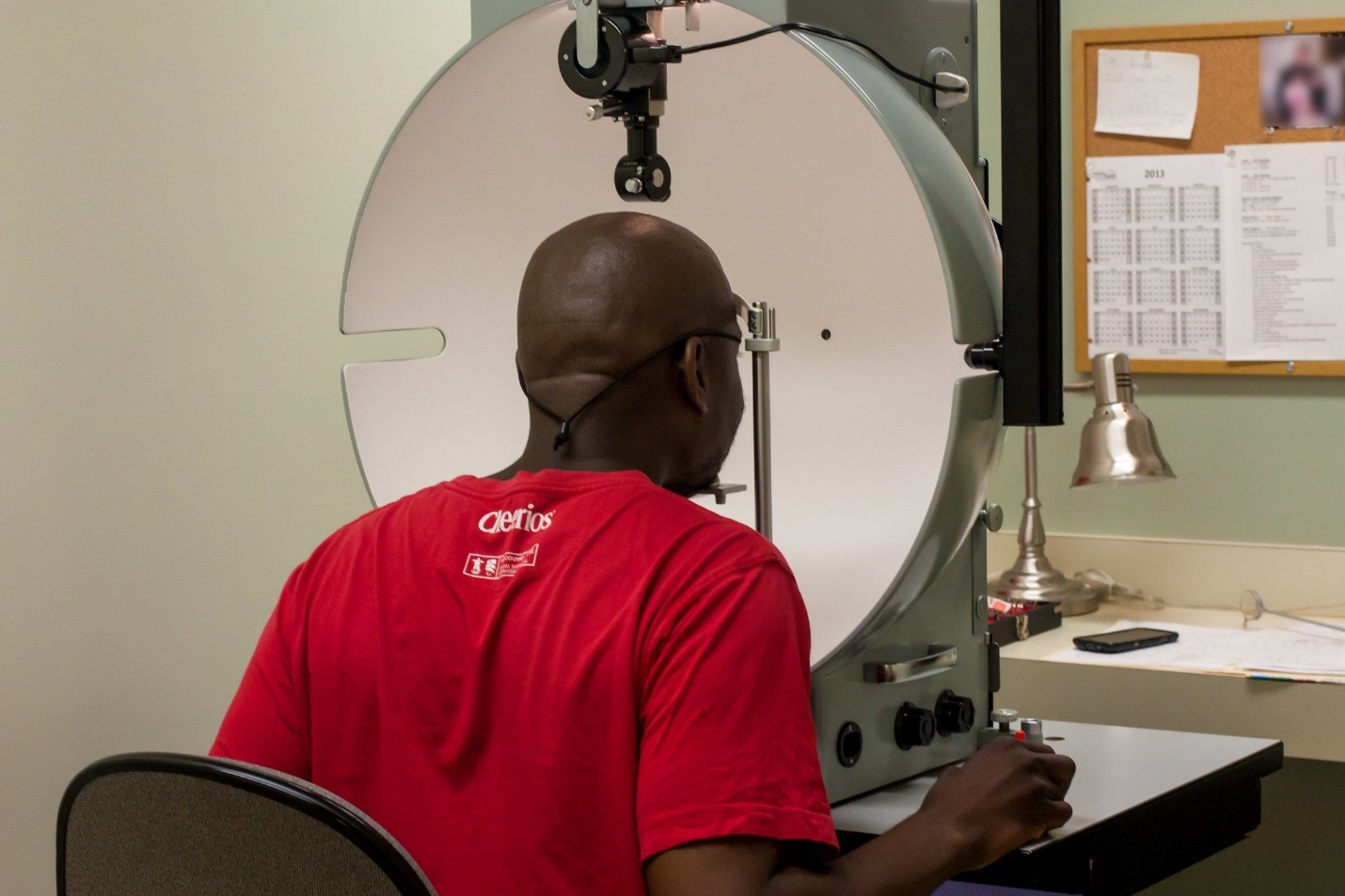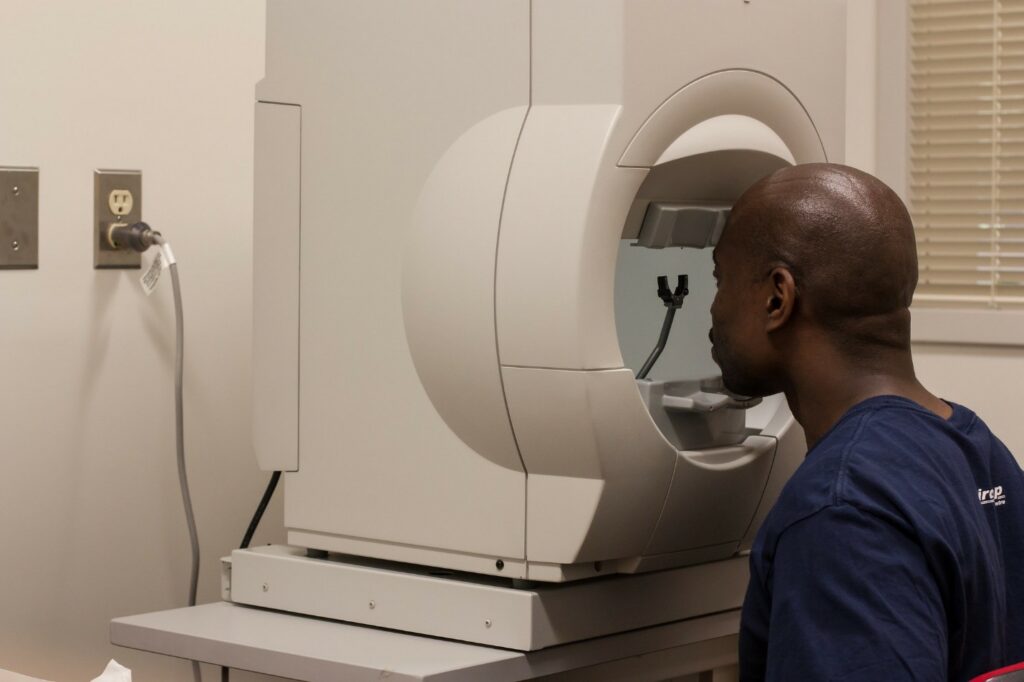A visual field machine is used for diagnosing and monitoring eye illnesses including glaucoma and retinal diseases. The correct device increases efficiency and ensures accurate results for patient treatment. Selecting the best model calls for deliberate evaluation of certain factors, including test accuracy, speed, and simplicity of usage. Thanks to technological developments, newer models provide better patient comfort and integration with electronic health records.
Virtual reality technologies are incorporated into more recent models to improve patient experience and speed up testing processes. You can read this article to learn how to improve patient experience. The particular requirements of your clinic and budget are critical factors to consider when choosing the ideal machine. Therefore, this article will help you choose the best visual field machine for your eye clinic.
Key Factors to Consider
When it comes to choosing the right visual field machine for your eye clinic, you need to consider these factors:
Test Speed and Accuracy
To carry out effective visual field testing, there must be a perfect balance between speed and accuracy. Faster tests help to reduce patient tiredness, thereby enabling more reliable responses and better focus. Many modern machines use sophisticated algorithms that accelerate testing without compromising accuracy. As such, they can produce consistent and reproducible results for the diagnosis and monitoring of conditions like glaucoma.

Comfort and Easy Use
Patient cooperation to a large extent determines the reliability of test results, which is why comfort is prioritized. Patients who use ergonomic machines, which include head supports and movable chin rests, can maintain a steady posture all during the test. Some sophisticated equipment also includes automated or self-guided testing. This reduces the need for constant professional involvement and ensures a smoother testing process.
Integration with Electronic Health Records (EHRs)
Modern clinical practice demands effective data management, hence EHR integration simplifies patient record-keeping. Machines that can automatically transfer results can help to track disease progression in real time and eliminate data entry errors. This connectivity increases cooperation among healthcare professionals handling challenging ocular diseases and helps to streamline workflow.
Portability and Space Requirements
The visual field machine’s size and design should fit the available space in your clinic and mobility requirements. Whereas small, VR-based, or tabletop models provide more flexibility, traditional perimeters require a specific testing area. Small clinics, mobile ophthalmology units, or telemedicine applications can benefit from portable devices, enabling remote or off-site testing.
Cost and Return on Investment
Features, level of automation, and technological developments all affect the cost of a visual field machine. More reasonably priced devices can produce consistent findings for routine screenings, even if high-end ones offer AI-driven analysis and thorough visual mapping. To guarantee a good return on investment, take into account the long-term financial benefits.
This includes insurance reimbursements, improved diagnostic capabilities, and increased patient throughput. Your clinic should choose a visual field machine that fits operational efficiency and patient care requirements. This way you can be assured of getting the best machine for your practice.
Types of Visual Field Machines
Each of the several visual field analyzers has special qualities. Knowing their differences helps one make a wise decision. Let’s take a look at them.
- Standard Automated Perimetry (SAP): This type projects stimuli at different intensities using a bowl-shaped device. It is regarded as the gold standard for glaucoma testing.
- Virtual Reality (VR) Visual Field Machines: These wearable, compact devices reduce the need for a separate dark room. They guarantee better patient comfort and more mobility.
- Binocular Perimeters: These machines can simultaneously test both eyes, increasing speed and reducing patient tiredness. A few models permit testing under ambient illumination.
Latest Developments in Visual Field Machine Technology
The technology used in visual field testing has evolved dramatically recently. New developments improve patient experience, reduce testing time, and increase accuracy.
- Artificial Intelligence (AI) Integration: AI-powered machines evaluate test data and find patterns for early disease diagnosis. These systems help in reducing human mistakes in interpretation.
- Self-Guided Testing Interfaces: Certain machines have interactive screens that guide users through the test. This ensures consistent results and reduces technician effort.
- Portable VR-Based Solutions: These headsets do away with the necessity for a dedicated testing station. For offices with limited space, they are lightweight, reasonably priced, and perfect.

Comparing Popular Models
Here are some popular models that eye clinics often get.
1. Humphrey Field Analyzer (HFA)
- The gold standard for glaucoma testing
- Highly accurate but needs a dark room
- Bulky and less portable
2. VF2000 VR Visual Field Headset
- Compact and portable
- Uses VR technology for increased comfort
- No requirement for a designated testing space
3. Topcon Tempo Binocular Perimeter
- Faster test completion than conventional SAP
- Works under standard lighting conditions
- Stand-mounted to provide stable positioning
Selecting a Visual Field Machine for Your Practice
Choosing the best visual field machine requires a comprehensive assessment of the particular needs of your clinic. To guarantee flawless integration into your workflow, one should take into account elements including patient demographics, available space, budget, and technical needs. Here’s how different types of practices can choose a machine that suits them.
- For Practices with High-Volume: Speed and efficiency are very important for these practices. Therefore, look for devices with quick testing algorithms that reduce patient fatigue and simplify the diagnostic process. You should also get a device that can integrate with Electronic Health Records (EHR) to reduce administrative duties and enhance workflow.
- For Small Clinics: Key factors to consider for these practices are space constraints and cost-effectiveness. An excellent option would be a small and portable visual field analyzer because of its easy setup in limited spaces. You can visit https://reviewob.com/how-to-create-a-big-practice-in-a-small-space/ to learn how to create a big practice in a small space. Furthermore, automated features and easy-to-use interfaces can help maximize efficiency without requiring extensive training.
- For Specialized Eye Care Centers: The main priorities for these centers should be advanced technology and precision. Go for machines with artificial intelligence-driven analysis, sophisticated threshold testing, and detailed visual field mapping. All of these enable the most accurate evaluations for complex conditions such as glaucoma and neurological diseases. Certain high-end models also provide progression analysis tools, which enable clinicians to confidently track the progression of a disease.
Conclusion
You need to consider accuracy, efficiency, and patient comfort when choosing the best visual field machine. Modern developments have made testing easier and more accessible for practitioners as well as for patients. Making the right device investment ensures enhanced workflow in your clinic and a more accurate diagnosis.
